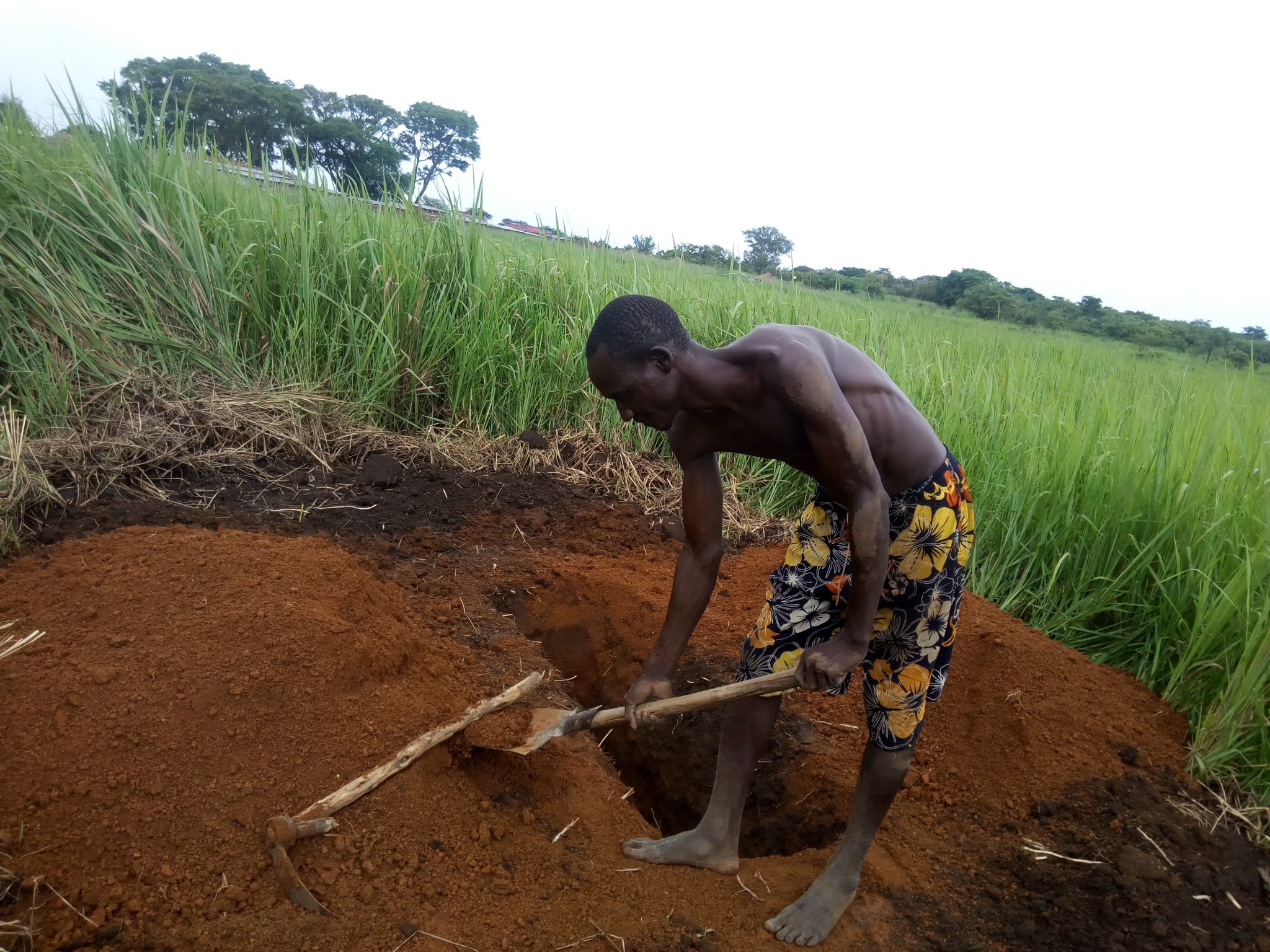Related Articles
March 16, 2022
73
UGANDA: THE IDEOLOGY BEHIND MUSEVENI’S DESCENDANTS RESISTANCE ARMY
July 16, 2025
337
UGANDA: NATIONAL RESISTANCE MOVEMENT GRASSROOTS ELECTION DO OR DIE FOR OTIM BOSMIC AND OJARA MARTIN MAPENDUZI

May 27, 2019
641
UGANDA: WE DON’T WANT DICTATOR MUSEVENI’S ILL-GOTTEN MONEY. “NO LAND FOR SALES IN APAA.”
September 30, 2025
12
UGANDA: OTINGA VILLAGE, OPETTE PARISH HOME TO ALIENS
Check Also
Close-
UGANDA: UGANDA ARMY FLASK BACK BANDIT FROM DR CONGO
March 12, 2020

